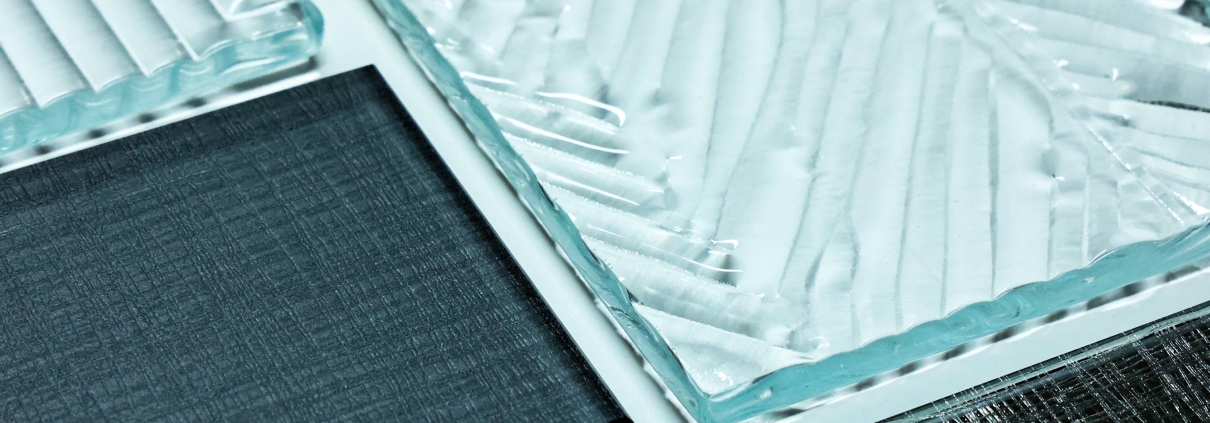In luxury retail, storefronts are both artistic canvases and brand fortresses. 78% of consumers cite window displays as their primary reason to enter stores (Luxury Retail Report 2023), yet vandalism costs the industry over $230M annually. Discover how P6B/P7B/P8B-certified glass merges hypnotic allure with military-grade protection.

1. The Psychology of Desire: Engineering Visual Hypnosis
- The Transparency Illusion:
- Ultra-clear glass (>90% light transmission) eliminates green tints, ensuring flawless diamond brilliance.
- Case: A haute joaillerie brand boosted foot traffic by 40% with ultra-clear displays.
- Reflection as Theater:
- 15° angled low-reflective coatings focus light on products, increasing dwell time by 2.3x.
- Material Semiotics:
- Gold/silver interlayer glass subliminally signals “exclusive luxury.”
2. Security Redefined: How P6B/P7B/P8B Certifications Build “Invisible Armor”
- Global Certifications Decoded
- P6B: Withstands 3 strikes from a 1.2kg steel hammer (opportunistic attacks).
- P7B: Resists 5 blows from a 4kg axe (determined assault).
- P8B: Defies 10 minutes of drill/pry bar attacks (professional breach attempts).
Core Technology:
- Laminated armor: 2.8mm PVB interlayer bonds tempered glass, preventing shattering.
- Nano-coating: 9H Mohs hardness surface resists scratches without compromising clarity.
- Real-World Test Data
| Attack Method | P6B Performance | P7B Performance | P8B Performance |
| Steel hammer (3 strikes) | Surface cracks | Minor dents | No visible damage |
| Electric drill (30 sec) | Superficial scratches | Surface abrasion | Tool slippage |
| Testing compliant with EN 356:2000 security glazing standards | |||

3. Global Proof: When Artistry Becomes Security
- Paris Flagship on Avenue Montaigne:
- Challenge: Historic façade prohibited external grilles.
- Solution: P8B ultra-clear laminated glass + embedded micron-scale sensors.
- Result: Zero breaches, awarded LVMH “Heritage Protection Excellence.”
- Dubai Mall Pop-Up:
- Challenge: High footfall + sandstorm erosion.
- Solution: P7B self-cleaning coated glass (dual anti-ram/sandproof certification).
- Result: 60% lower maintenance, 10M+ social media impressions.
4. Choosing Your Shield: A 3-Step Security Strategy
- Risk Profiling:
- Low-risk (boutiques): P6B + basic CCTV.
- High-risk (tourist hubs): P8B + AI intrusion alerts.
- Aesthetic Customization:
- Combine security layers with ceramic frit/UV prints – no brand compromise.
- Global Compliance:
- Certifications include CE (EU), ASTM F1233 (US), and GB15763.3 (China).
- Conclusion: Storefronts That Dazzle Eyes and Defy Destruction
- P6B/P7B/P8B-certified glass protects both brand legacy and profit margins. Download _The Luxury Storefront Security Whitepaper_ for 20+ global case studies and attack test videos.




















